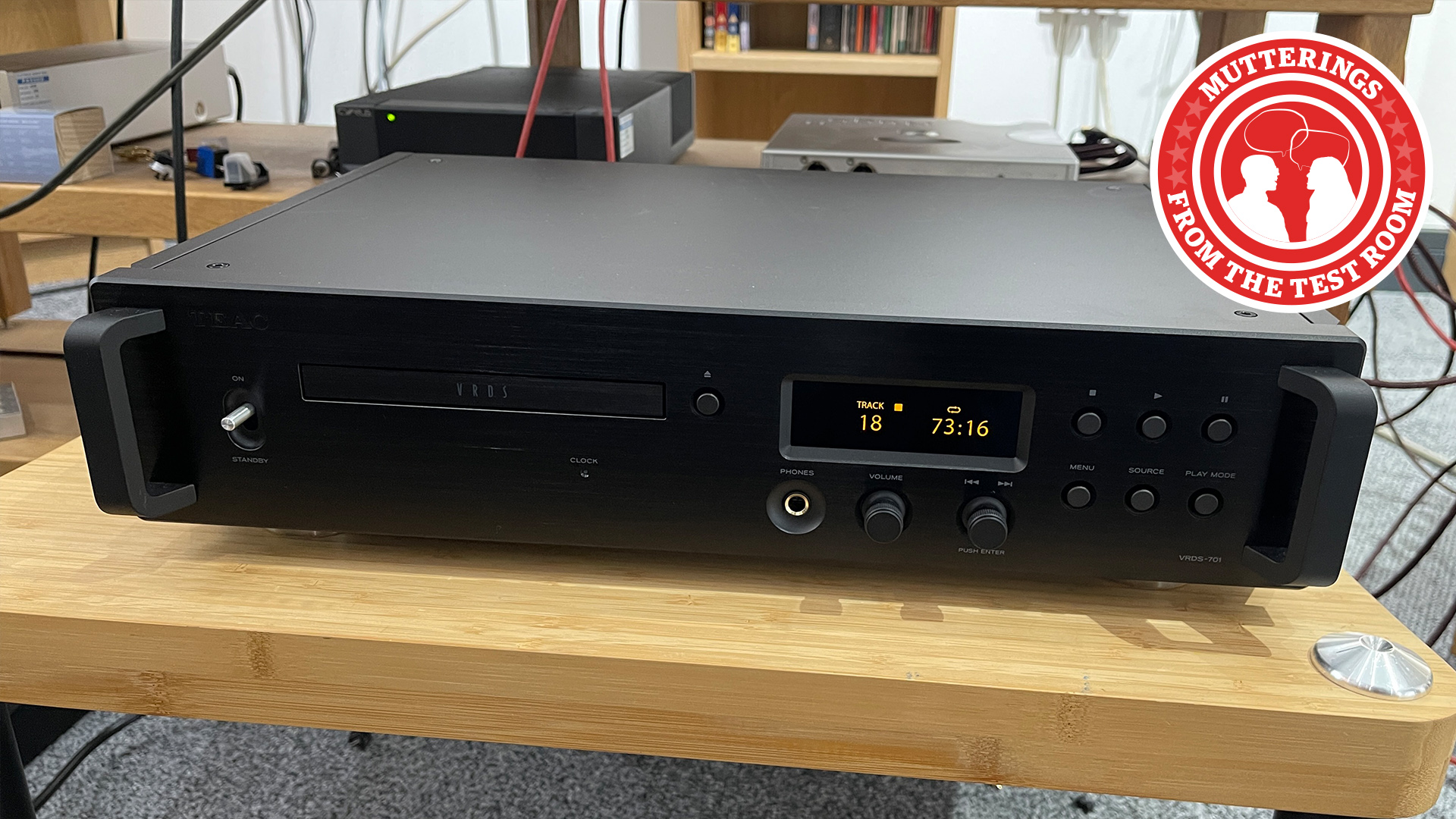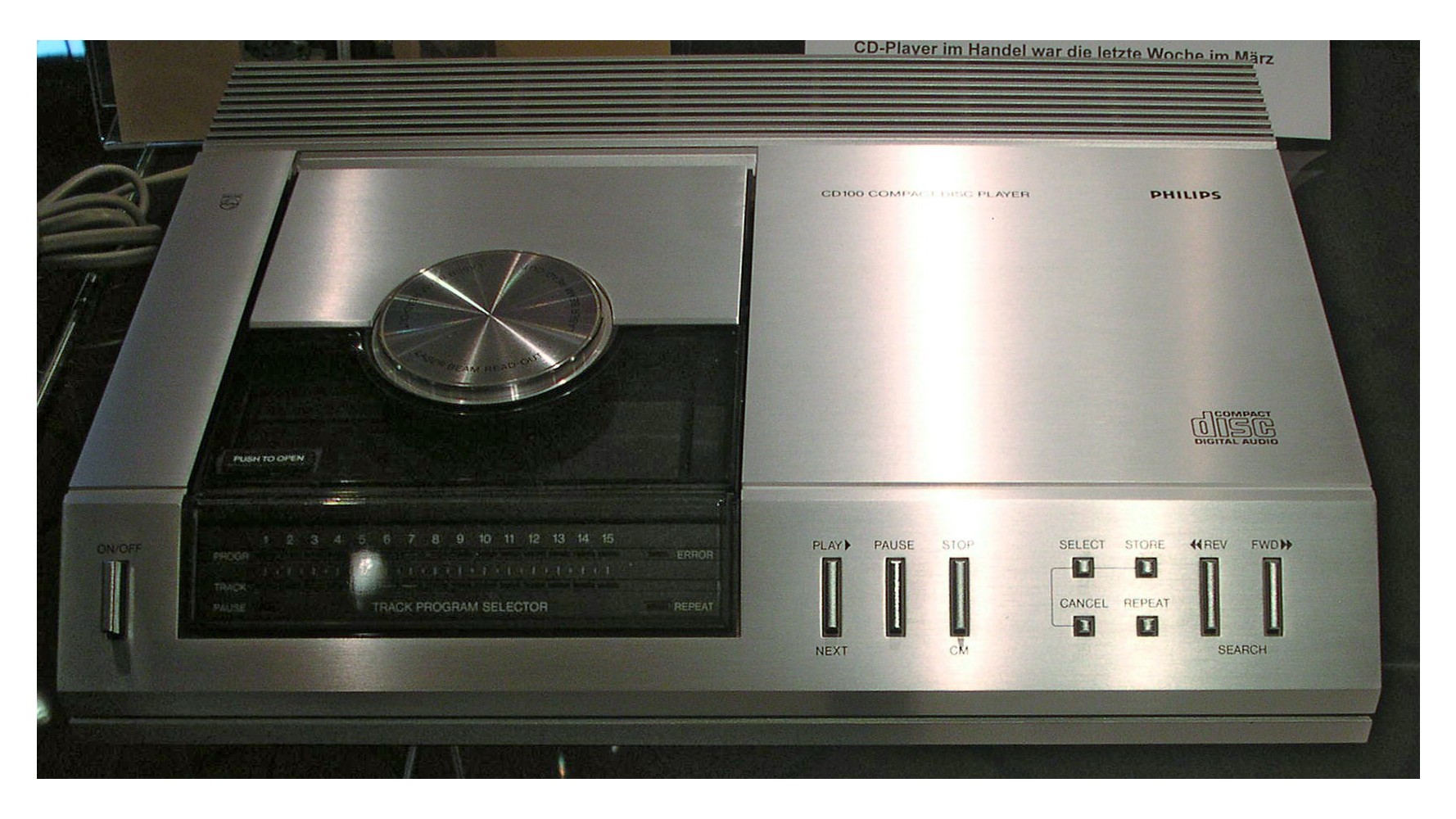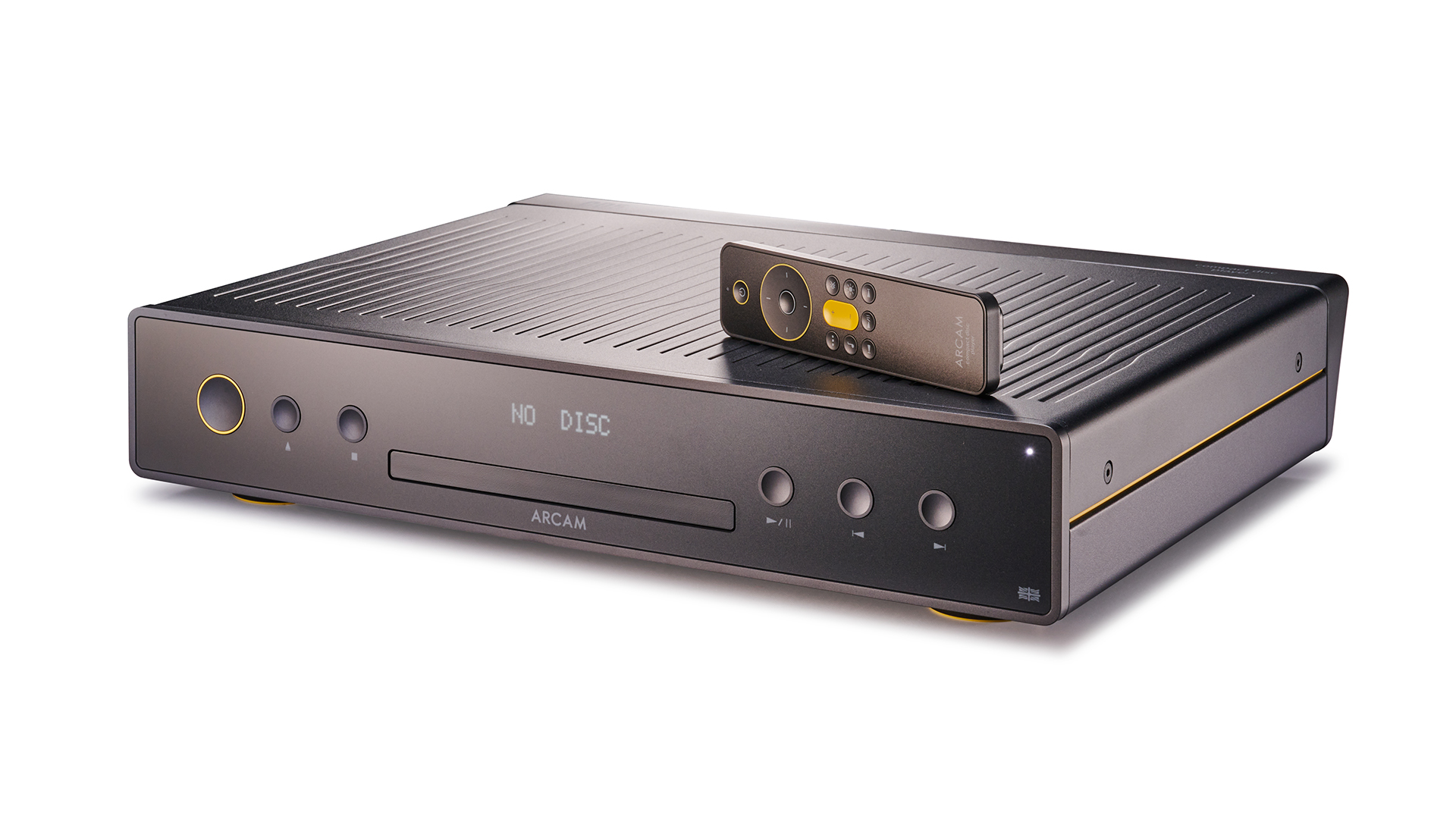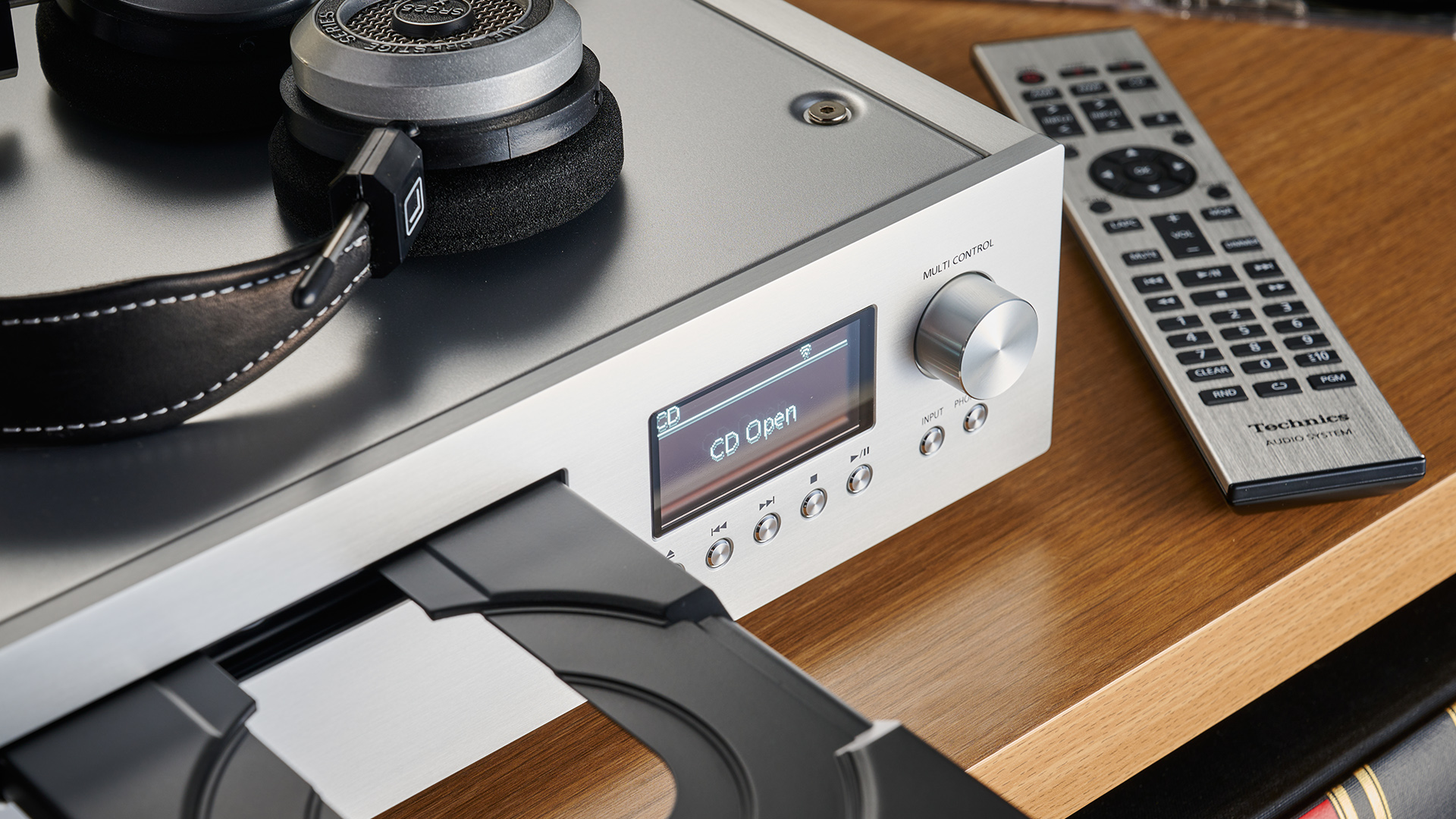
Compact Disc’s star has well and truly faded. At its peak, at the turn of the century, just short of a billion silver discs were sold in the USA in a year. Fast forward to 2022 and that number had dropped to just 33 million, with the format suffering the ignominy of being overtaken by vinyl (41 million sales). Given that the CD was originally developed to replace records, that is some fall from grace.
Of course, the success of streaming has played a large part in the downfall of the CD. How could it not? The major music streaming services – Spotify, Tidal, Amazon, Apple Music and Deezer – carry many millions of songs and most can deliver higher resolution than 16bit/44.1kHz CD-spec quality. So, given the convenience, choice and source quality we enjoy from streaming services, why am I writing this column in praise of a format that teeters at the edge of mass market extinction?
Nostalgia has something to do with it, of course. I clearly remember when the CD was launched and all the excitement that went with it. Those early machines from the likes of Sony (CDP-101) and Philips (CD100) represented cutting-edge technology for the time, and though there was plenty of room for sonic improvement, the format was a clear step ahead of vinyl for the mass market.

Over the years I’ve been lucky enough to hear some great players, from Ken Ishawata-flavoured Marantz products to ultra high-end beasts from the likes of Wadia and dCS, and they have all thrilled. But that nostalgia isn’t the driving force behind writing this piece. My rekindled appreciation is down to the stream of tasty CD players that have passed through What Hi-Fi?’s test rooms in recent months.
Testing TEAC’s excellent and beautifully engineered VRDS-701 CD player was a true pleasure. The company had clearly taken a lot of care to make a player that made sense in today’s market, for those who still cling to their shiny discs for one reason or another. It is intuitive to use and offers a sensible range of features, including digital inputs that extend its usefulness. Most of all, it sounded right at home in our reference system, which is no mean feat considering that, at £2499 / $3799, it costs about the same as the cables used in that set-up.

Judging the CD player category in this year’s What Hi-Fi? Awards shone a light on Arcam’s excellent CD5, too, but also reminded me just how much I liked old favourites such as the Cyrus CDi and the Marantz CD6007.
Like most of you, I tend to use streaming – in my case from Tidal or from a fully loaded Naim NAS device – for most of my listening. Using the aforementioned CD players reminded me of the pleasure of reading printed production notes and just how nice it is not to rely on my phone or a tablet to operate my hi-fi source.
I’ve lost count of the number of times I’ve been frustrated simply because the battery charge on my device is low and I've had to wait a bit to use my music streamer conveniently again. Equally, having to wait a few seconds for the streamer’s app to make a connection has also become a bit of an annoyance. So, the lag-free response of a CD player to its remote is a real plus point. I like to use physical buttons rather than a touch screen to operate my hi-fi, too. It just feels nicer.
The mechanical whirring of the loading tray as it glides in and the high-pitched whine of the transport mechanism reading the disc give CD players a character that totally silent streamers just can’t match.

While the ritual of actually loading the disc into the player and waiting for it to load serves to add to the sense of anticipation, for me the real appeal of the very best CD players is how good they can still sound. Put the aforementioned TEAC against any equivalently priced streamer and I’m confident it would be better than most alternatives, even if the streamer were fed with hi-res source material. There is a sense of stability and dynamic expression that the best-of-breed disc players have regardless of price point that makes most comparable streamers sound uncommunicative and mechanical.
But I don’t think that’s even the most important advantage of a CD player. Once you buy a CD, that music is yours. Provided you keep the disc in good condition it will last a lifetime and you can play it whenever you want. Given the relatively temporary licensing arrangements streaming companies have on quite significant proportions of their catalogue, it is pretty common for albums – and consequently tracks on my playlists – to disappear from the service for a while. While I understand the commercial reasons this happens, it doesn’t make things better when that song I absolutely have to hear isn’t available. It would always be accessible if I had the CD.
There is also the attraction of rummaging. Sometimes I look at my library of CDs a little unsure of what to play. As I dig through the collection it is not uncommon for me to pick something random that I never would have thought of if I didn’t see it first. That doesn’t tend to happen when I use a streaming service and the result is that, over time, the range of music I listen to has narrowed.
I would like to be clear that I am not pining for CD to return to being the mass market format of choice. It will never be that again, and that’s as it should be. Time, technology and formats have to move on, and streaming, while not perfect, is clearly a better proposition than compact disc for most people in most ways. But, given a good enough CD player and a matching disc collection, the original digital format still has a place for me.
MORE:
The best CD players for every budget
The best 25 CD players of What Hi-Fi?'s lifetime
How to get the best sound from your CD player
Spotify HiFi: what we can expect from the upcoming CD-quality tier







